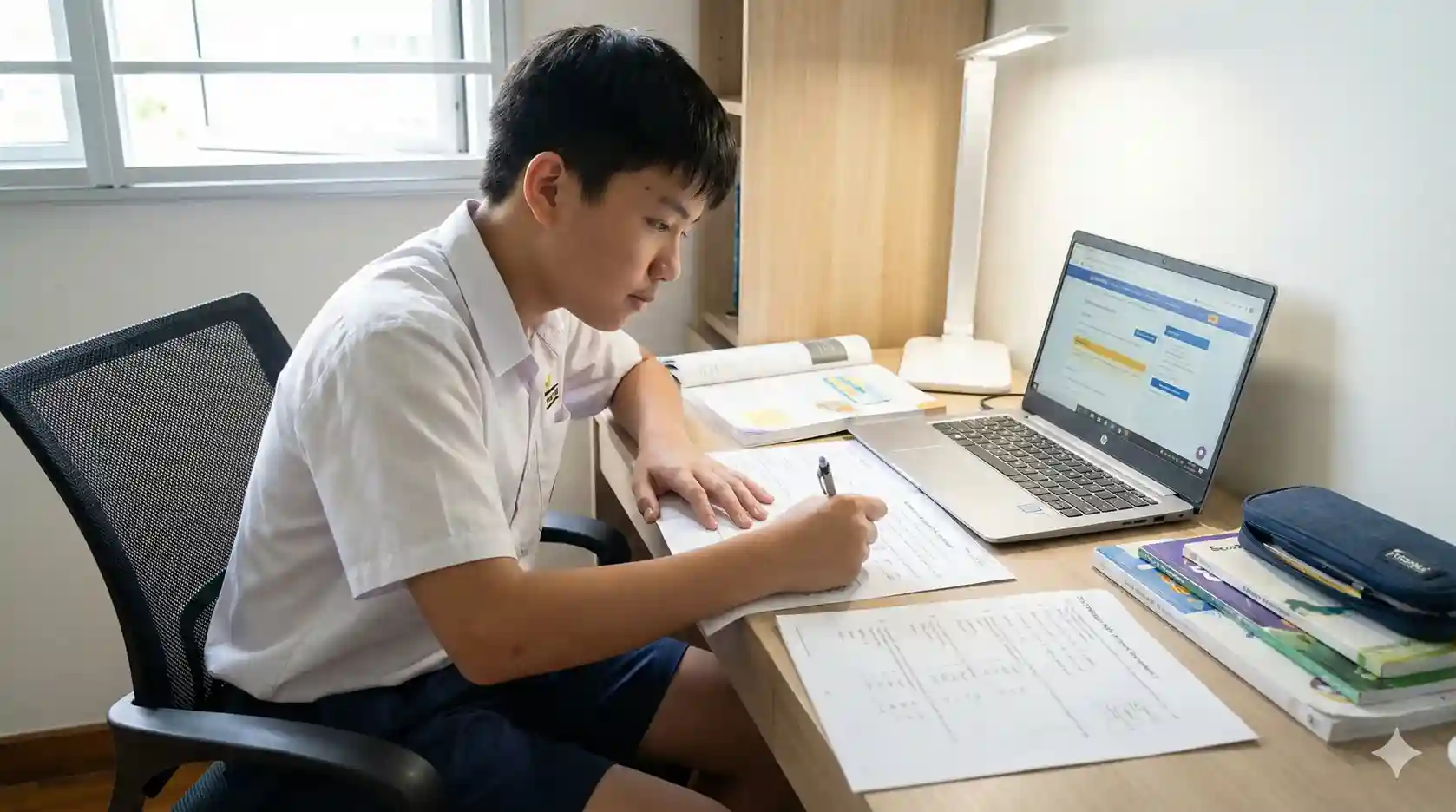Gamification in education: Finding the fun in learning

Studies from the fields of psychology and neuroscience have shown us that stress experienced during the learning process — for example, due to underperforming in exams — can impair knowledge retention and understanding. If we keep stressing about performance or achievement in a classroom (or any learning space, for that matter), we can feel intimidated as a result. And that impairs the learning process.
One of the ways to remove stress from the learning process is to make the acquisition of knowledge more fun. And what better way to do so than through the use of games?
“Gamification” as a term is increasingly being used in an educational context in recent times. With technology being more widely available than ever before, virtual modes of learning and teaching have become commonplace over the past year or so, giving rise to more interactive ways of learning as a result.
What is gamification?
Simply put, gamification in learning is the concept of using game design elements or game design principles in education. It is a pedagogical approach to help enhance a student’s motivation, concentration, and engagement in learning new concepts and applying them practically, usually by amplifying the enjoyment derived from the learning process.
Take Monopoly, for example, one of the most popular family board games around. In it, players trade property and exchange pretend money in an effort to win, based on game mechanics heavily inspired by real estate businesses.
Although extremely simplified, the board game nevertheless imparts crucial lessons about managing one’s money. Children can learn quite a bit about finance, banking, taxation, and other complex economic concepts while still having fun. And at the end of a game, they might walk away having learned more without feeling like they just spent an afternoon in an intense study session.
The idea of gamification in learning is based on this premise — that completing a series of tasks or solving complex problems can be stimulating for the learner’s mind. Advocates for gamification believe that learning happens best when learners are having fun, whether through scoring points, achieving goals and targets, or overcoming challenges.
5 Benefits of gamification in learning
By adopting more elements of gamification in education, students can:
- Be engaged with lessons more effectively;
- Assimilate new information at a rapid pace without feeling burdened;
- Be tested on their knowledge without feeling pressured, removing the fear of not meeting expectations typically associated with formal assessments and grades;
- Immerse themselves in a fun learning environment, and;
- Acquire additional soft skills such as creative problem-solving, teamwork, and adaptability
Gamification in learning can be a game-changer when applied correctly, making it a win-win situation for both the learner and the educator.
Integrating gamified elements into education
Gamification is typically achieved via the adoption of game design elements in learning approaches, such as lessons and assessments. One can either use existing games (e.g. video games such as Roblox or Monopoly) to illustrate new concepts, or incorporate game-based approaches in traditional methods of education to do so. Some elements of gamification that are typically used include:
Progress indicators: For instance, having a leaderboard or a badge system that rewards progressive points/titles to students. Segmenting the curriculum into specific checkpoints or levels also helps to embrace the positive side of competition amongst their peers.
Scaffolded learning: Students can increase their rate of learning by attempting challenges of their own volition. With each completed challenge, the level of difficulty will increase, which will encourage them towards achieving a mastery of the overall subject while exercising creative problem-solving.
Competitions: By making competitive tasks a part of the regular learning process, we can help students to become comfortable with tackling challenges head-on. It also reduces anxiety about their academic performance and prepares them for life in the real world, where quick-thinking and adaptability will be beneficial. Educators (i.e. teachers or parents) can also participate in the challenges and form a cooperative team with the learners, which can help foster positive relations, teamwork and camaraderie by working together.
Finding a balance between ‘gaming’ and ‘studying’
Addressing educational needs adequately through unconventional means like gaming can be tricky. While it can make for an enjoyable learning process, diverting too much energy in pursuit of having fun can also be detrimental to the learning process. To help maintain a balance, it may be a good idea to explore how gamified elements can be used purely to enhance conventional learning approaches.
One example of this would be GenieSmart, our AI-personalised worksheet generator. By constantly analysing the student’s past performances in a given subject, the worksheets allow the student to practice questions based on critical topics, which are selected from a library of over 150,000 questions aligned with Singapore's Ministry of Education syllabus.
While still very much educational & curriculum-aligned, the worksheets incorporate interactive elements like the accumulation of learning rewards and live leaderboards, which help to increase children’s engagement, encouraging them to learn for longer periods of time.
Gamification is a surefire way to create a fun educational environment that helps to foster a healthy attitude towards self-directed learning and resilience towards challenges. In addition to improving a student’s academic knowledge, these soft skills will be greatly beneficial as they continue on their educational journey.
New to Geniebook? Learn more about our suite of learning tools, or meet a few of our teachers here.



 SG
SG  VN
VN 



















